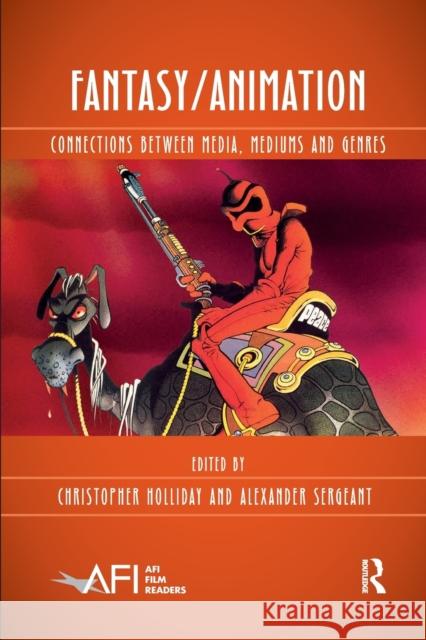Fantasy/Animation: Connections Between Media, Mediums and Genres » książka
topmenu
Fantasy/Animation: Connections Between Media, Mediums and Genres
ISBN-13: 9780367590741 / Angielski / Miękka / 2020 / 310 str.
Fantasy/Animation: Connections Between Media, Mediums and Genres
ISBN-13: 9780367590741 / Angielski / Miękka / 2020 / 310 str.
cena 201,85 zł
(netto: 192,24 VAT: 5%)
Najniższa cena z 30 dni: 196,40 zł
(netto: 192,24 VAT: 5%)
Najniższa cena z 30 dni: 196,40 zł
Termin realizacji zamówienia:
ok. 16-18 dni roboczych.
ok. 16-18 dni roboczych.
Darmowa dostawa!
This book examines the relationship that exists between fantasy cinema and the medium of animation.











